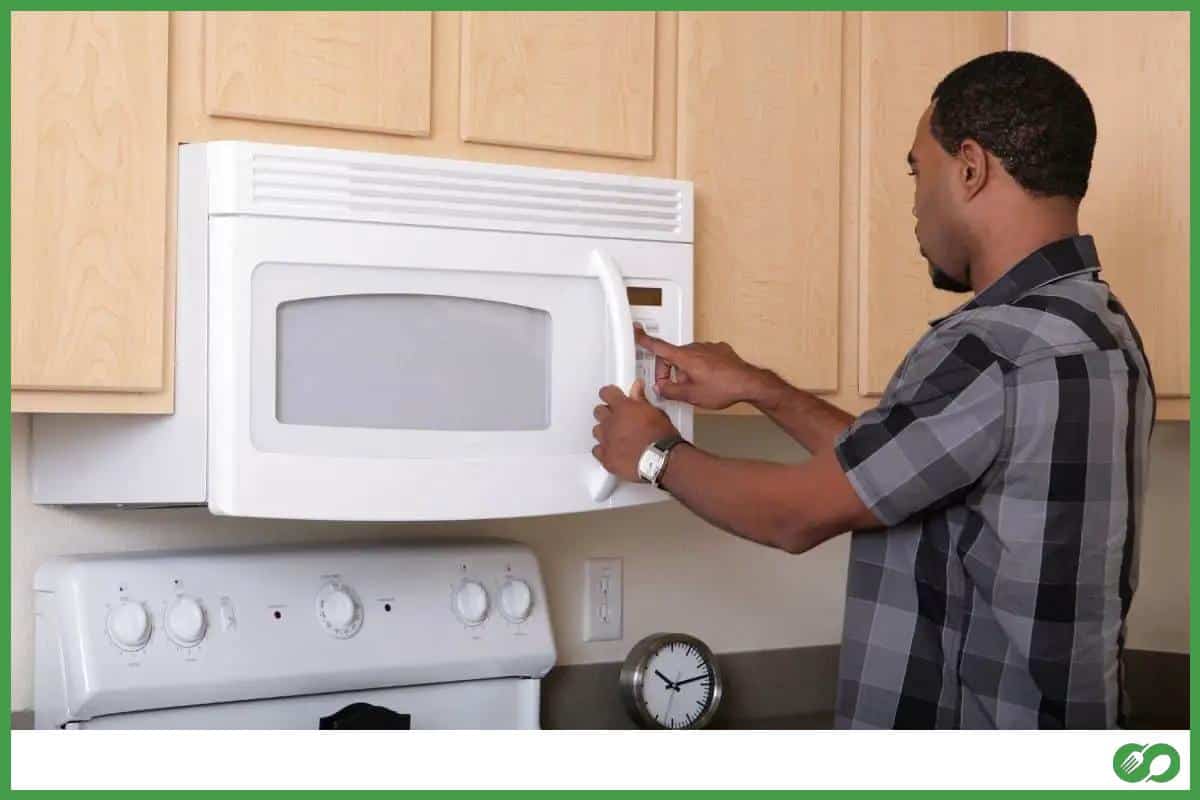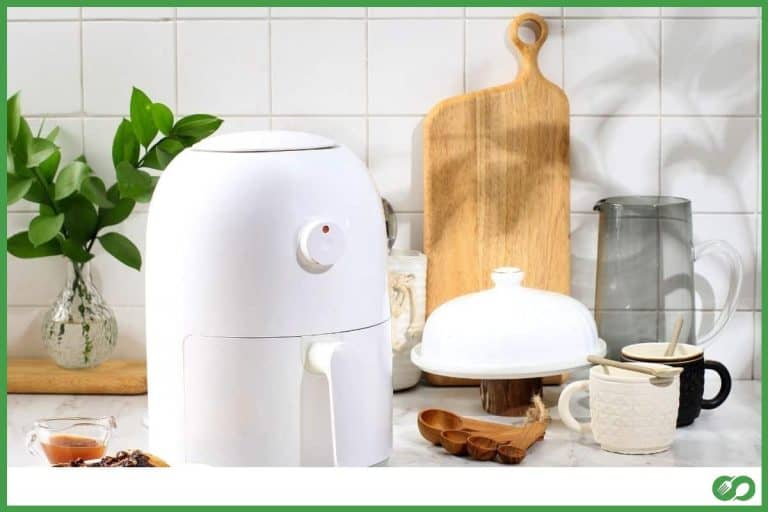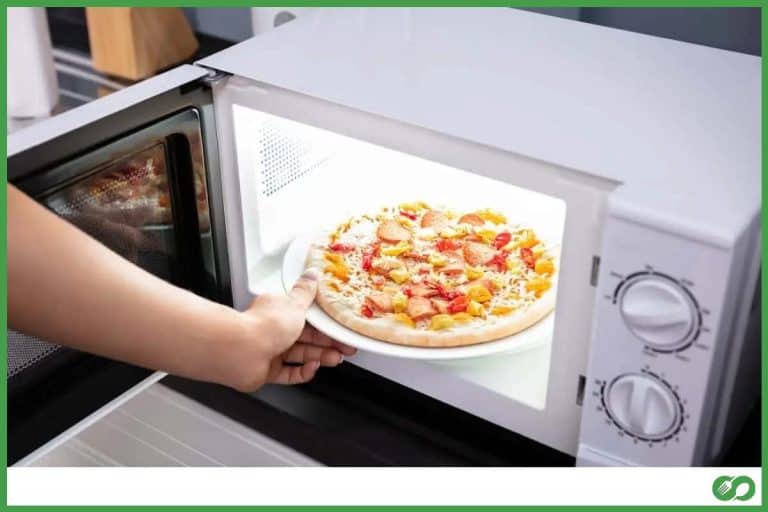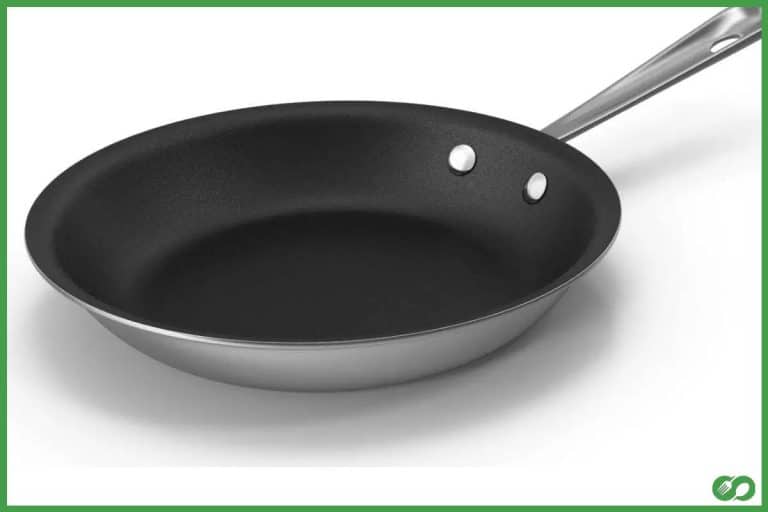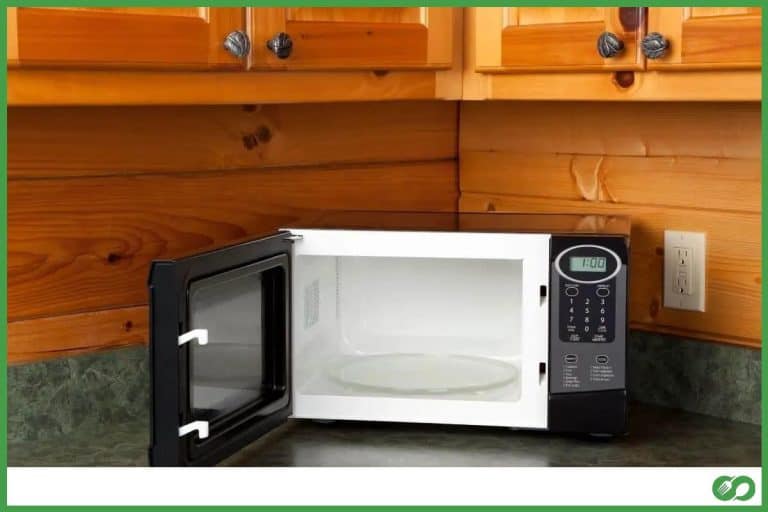Do Microwaves Affect Bluetooth Or Wi-Fi? (How to prevent it)
This post may contain affiliate links which means that, if you choose to make a purchase, I may earn a small commission at no extra cost to you.
If you have a microwave, you may be having problems with wireless connections when it is in operation. There might be a problem loading your homepage on your smartphone or playing music on your Bluetooth-enabled device. It can lead you to ask, do microwaves affect Bluetooth or Wi-Fi?
Microwave ovens, Bluetooth, and Wi-Fi all use the same frequency spectrum, which creates an issue. By overlapping the devices, microwaves interfere with the signal. It also utilizes more power, resulting in a signal that is rarely filtered. As a result, wireless transmissions get blocked.
To prevent this from happening, it is important to know what is causing the interference in the first place. First, you need to understand why and how a microwave can be a problem on wireless networks. So, let’s dive right in!
Reason Why Microwaves Interfere With Wireless Connectivity
Microwaves work by generating electricity through radio waves. After that, the waves go into a sealed metal box and bounce off its interior walls. When they heat up the molecules inside food or liquid, they vibrate and move the particles much faster.
Radio waves vibrate at a frequency that our eyes can’t see, vibrating through the molecules. Microwaves trap all of the radiation and block it from escaping. However, it’s possible that some of it will leak out.
These are common appliances present in most households, offices, and factories located in kitchens. They heat food by generating radio waves, operating anywhere between the 300 MHz and 300 GHz frequency range.
Microwaves from microwave ovens interfere with wireless data because they both are almost the same thing. The same band is used for wireless signals — Wi-Fi and Bluetooth networks. Some commonly known devices with 802.11 and 802.11 (b, n, or g) standards can affect this interference at 2.4 GHz.
Several factors come into play when microwaves affect wireless connections. These key factors include:
- The Frequency
- Distance Between Microwave and Wireless Device
Frequency
Government laws have regulations about which radio frequencies will be used and for what purposes. Traditionally, 2.4 GHz has been a spectrum for most consumer-grade devices like microwaves, Bluetooth devices, and wifi routers.
It does not travel very far and will not cause any severe interference with people who are more than 100 meters away.
When an oven heats food, it pumps out 1,000 watts. That is about 10,000 times more than wireless connectivity access points. The majority of this energy is kept within the oven. Only a smidge of this energy leakage is sufficient to wreak havoc on wireless access.
But this shouldn’t be a huge issue. Nobody keeps their oven fired up 24/7. So, in the few minutes your oven is working, you might expect to see some interference.
Recently devices with higher band frequencies are showing up, like 5 GHz wifi routers, which not only improve wifi performance but also can avoid microwave interference.
Distance Between Microwave and Wireless Device
As mentioned earlier, microwaves and wireless signals have the same frequency. Some ovens, especially older ones, allow a tiny amount of energy to escape.
Although microwave designs are specialized to prevent “leakage” in the working frequency of the unit, this is not always the case. This leakage will interfere with Wi-Fi and Bluetooth signals unless the appliance operates in the 2.4 GHz range.
Since the microwave oven is close to an active access point, it is likely for the network to have a downfall. Moreover, it degrades the quality of data transmission and communications in doing so. The quality drop also sometimes disrupts the signals.
Ways To Prevent Interference
Before turning on the microwave, check to make sure all other devices that could cause a problem are turned off. It’s not always the oven that’s the source of the issue. Here are a few things you can do to avoid interference:
Check The Frequency
In general, microwave ovens operate at a frequency of 2.4 GHz. The reason for this is because most businesses follow government regulations. The industries must comply with the restrictions regarding what they are allowed to do and what they are not allowed to do.
That is the only reason why both wireless devices and microwaves remain on the same frequency. Besides, the best way to heat food is at 2.4 GHz, and that is the ultimate purpose.
Upgrading Devices
Router or Bluetooth networks typically have a frequency range between 2.412 GHz to 2.472 GHz. So, keep a bandwidth gap of between 20 MHz and 2 MHz. A better thing to do would be to change and upgrade the wireless networking equipment and devices.
Keep in mind that many devices, particularly older ones, have a bandwidth of 2.4 GHz.
Upgrading devices that operate in the 5 GHz range will significantly reduce the chance of interference. 802.11n router, for example, is a popular band for wireless transmission.

They will unlikely interfere with microwave radio waves. By doing so, it can either heighten or lessen the blocking produced by particular microwaves. The device frequencies will have no effect, as they will no longer be at the same level as the oven.
Although 5 GHz can give a powerful connection, it does have one disadvantage. That is, the range is less than 2.4 GHz.
Keep A Distance When Using Devices
When you place the microwave too close to the network, it can have a significant impact on the wireless connection. Keeping the microwave at a point where network transmission interference is the least likely to happen is the way to go. A general rule of thumb is to keep them at least 10 meters apart.
As 2.5 GHz radiation does not travel far, keeping this distance will ensure the radiation from each of the devices does not clash.
The frequencies will clash less if you stay away from microwaves or keep your devices a few meters away from them. However, it’s worth mentioning that the interruption of the network will rarely last for more than two minutes.
Shield Protection
Most microwaves come with well-shielded protection, which prevents them from emitting radio waves. It is possible that the protection unit was damaged and is now causing problems with the wireless connections. Using a shield can be used on any high-quality microwave.
My microwave was ruining the wireless connection at my house. So, I started looking for proper shielding to prevent this. When it comes to frequency clashes between microwaves and wireless signals, it turns out foil shields provide the best protection.
The shield wraps around the microwave oven completely and prevents the frequency from interfering with the wireless transmission. This can be made of foil and can assist in achieving successful results, all the while protecting the connection.
Time For A New Microwave
If the problems are still occurring, the best option will be to return the defective one back to the manufacturer. Another thing you can do is to get a new microwave with better shielding.
Check out the Toshiba EM131A5C-SS oven to ensure that microwaves don’t interfere with your Wi-Fi or Bluetooth connections.
Is Microwave Radiation Safe?
Of course. If it wasn’t the health administrations wouldn’t even allow microwaves or routers in public homes.
After all that talk about radiation and such, some people might get some wrong ideas. The word radiation is often related to cancer and other illnesses. But, rest assured, these radiations emitted from regular household appliances will do nothing to you.
You have to understand that 56% of the solar radiation emitting from the sun that reaches our atmosphere ends up reaching us. And that is a ton more radiation than any microwave or Bluetooth device.
And to speak the truth, everything emits some amount of radiation. Even your body does. So, there is nothing to panic over every time you hear the word radiation. What you should be concerned about is its amount and the duration of exposure. In the case of microwaves, routers, and Bluetooth devices, those factors are unremarkable.

